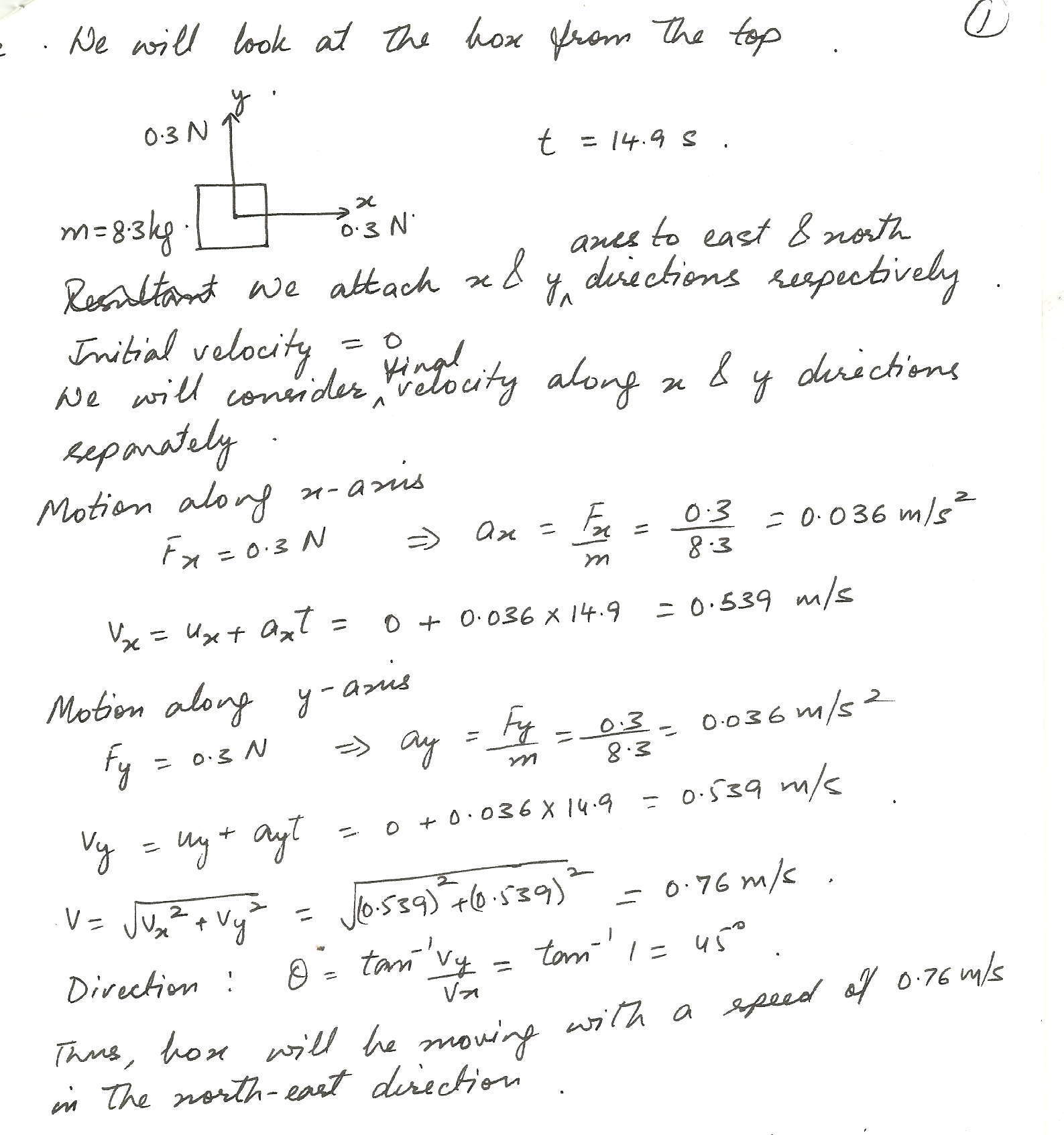

Without air, there would be no movement.Īlso, according to Aristotle, different masses had different gravitational forces. According to Aristotle, if a tennis ball were thrown into the air, the air itself would make the ball move. First of all, it did not deal with gravity. The Aristotelian view of motion was accepted for a long time, but was later proved wrong.

He maintained that each element on earth had its own characteristics and, therefore behaved uniquely. The first Greek to put the principle into sophisticated form was Aristotle. However, motion does not require life, as a tennis ball can be hit or a dart thrown. The interaction between a human being and his environment is possible only through motion. One of the earliest phenomenons that aroused their curiosity was motion. Mechanical science originated with the ancient Greek scholars. Unlike the "bio", which is affected by structure, anatomy, physiology, genetics, and nutrition, the "mechanics" is governed by the physical laws, or universal tenets. The interaction between the "bio" and the "mechanics" enables the coach to optimize the athlete's performance. Other considerations might be the air resistance or the friltional forces of the surface. The external environmental forces ("mechanics") could be the surface on which the athlete performs or the equipment that he holds. LAST month's article presented the' principles relating to the "bio" of the athlete. Chairman, Computer Sciences/Biomechanics, U.S.


 0 kommentar(er)
0 kommentar(er)
